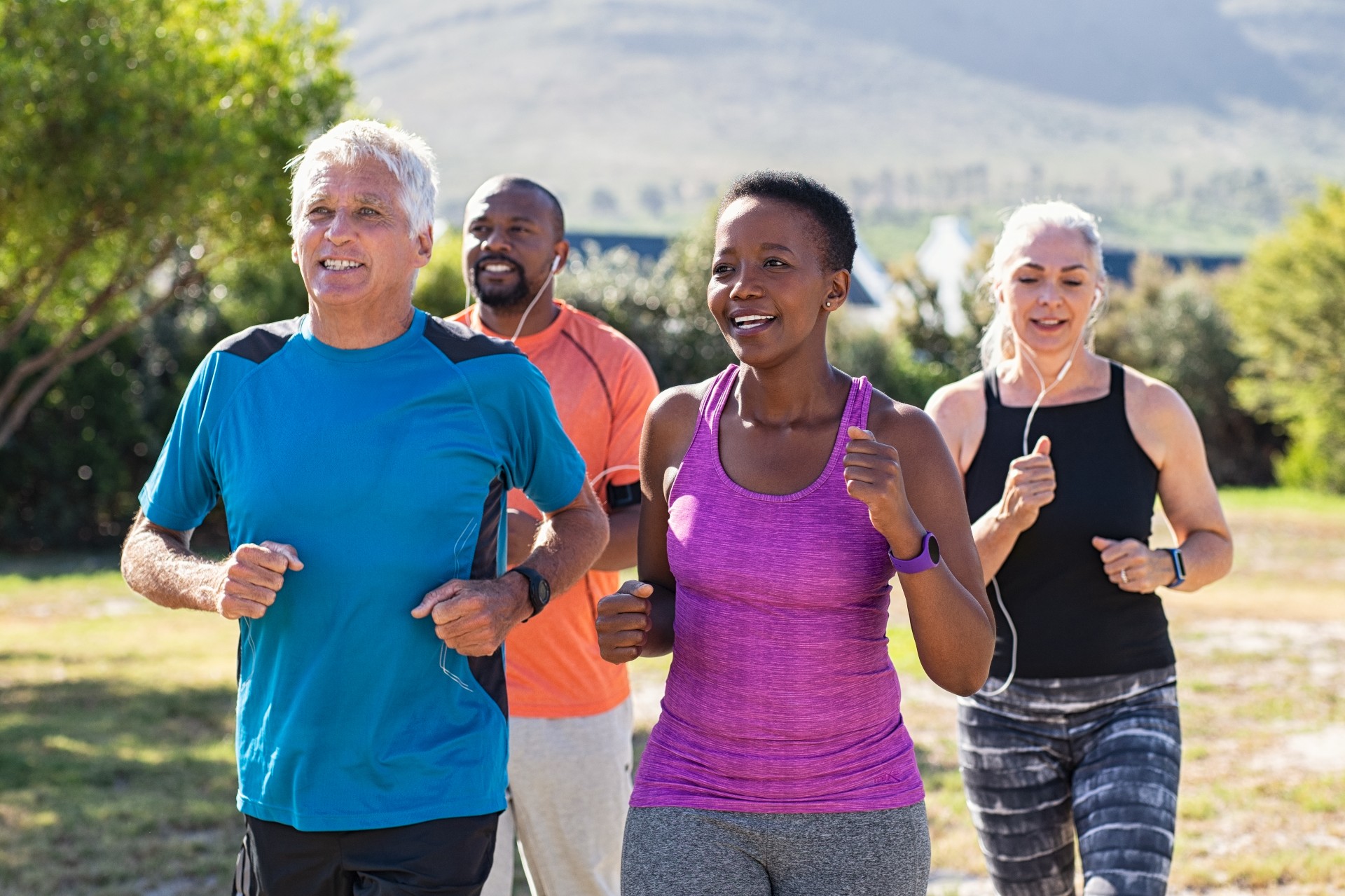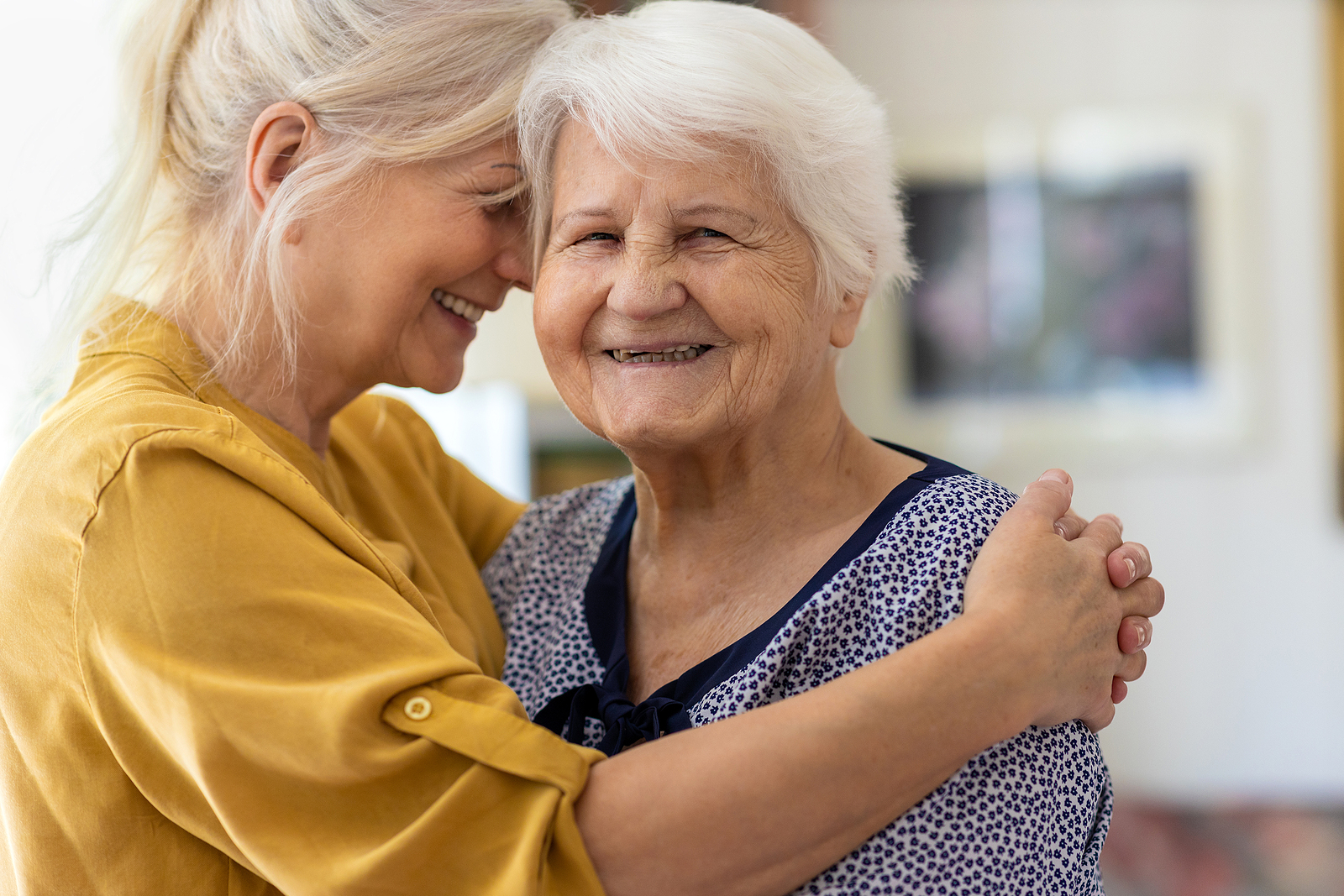What’s the difference between physical activity vs. exercise?
For many people, exercise conjures a specific image: long, hot hours of workouts in a gym, weightlifting, sweating, and pushing your body to its limits. If you’re not an athletic type, or if you have physical limitations that keep you from doing rigorous movements, this probably isn’t a very appealing image. Physical activity, on the other hand, can be as simple as walking or any number of other activities that you regularly enjoy as part of your daily life. You just might not realize there’s a health benefit to doing something like dancing or gardening.
Exercise, by definition, is intended to improve your body’s function and fitness. The actions are often precise, controlled, and targeted toward specific fitness goals. While exercise is a form of physical activity, not all physical activity is considered exercise. In fact, to put it in simple terms, physical activity is any type of movement that requires your body to burn energy.
Why is physical activity so important?
If you find yourself wondering whether you should be focused more on physical activity vs. exercise or vice versa, know that both provide health benefits. However, for many seniors, being intentional about working more physical activity into your day may feel more attainable than traditional exercise.
The Centers for Disease Control and Prevention (CDC) estimates that only about half of Americans get the amount of physical activity necessary to prevent chronic conditions like diabetes and heart disease. What’s more, physical activity offers specific health benefits like maintaining a healthy body weight, a natural mood boost, improved sleep, lower fall risk, better balance and joint mobility, more years of active living, stronger bones, and reduced muscle loss. Physical activity is even associated with a delay in cognitive decline. Generally, the more you move, the greater the health benefit.
What are some low-impact ways to get moving?
When you’re looking for ways to increase your movement through lower impact physical activity vs. exercise, you may be surprised by all of the options when it comes to physical activity for seniors. While the CDC recommends seniors should aim for 150 minutes per week of moderate activity (movement that gets your heart beating faster), you can still benefit from less intense activity—and you may find over time that you’re able to do more as you gain strength.
Walks: A simple walk may not feel like exercise, but it’s a great example to help you understand the distinction between physical activity vs. exercise. Walking on a track at a brisk pace for a set period of time or distance is probably exercise. Walking from your apartment to your community’s clubhouse for an afternoon of socializing is physical activity. Look for opportunities to add more walking to your day, such as a stroll with a friend or taking the long way to the dining room.
Dancing: Increasing your physical activity can be more fun than work. If you enjoyed dancing in your younger years or always wanted to learn a particular style of dance, it’s a great way to get moving while doing something that brings you pleasure. Some dances are suitable for solo learners, or invite a partner to join so you can both reap the rewards.
Gardening: Tending to precious blooms and lush vegetation may be a pastime that soothes you, but all of the bending, trimming, digging, and weeding can pay off for your body, too. In addition to getting your heart rate up, gardening offers numerous therapeutic advantages by promoting balance, functional movement, and a sense of peace, among other benefits.
Tai chi: A great deal of this ancient martial art is about mental focus and balance, but it also builds muscle tone, improves flexibility, and promotes stronger bones. The movements are gentle enough for all ability levels, so it’s an easy way for a beginner to ease into getting more physical activity.
Considering a Move Toward Healthy Living?
Across our Springpoint senior living communities in New Jersey and Delaware, we encourage residents to embrace healthy living through our award-winning LivWell program, which tailors programs to residents’ personal interests, goals, and abilities. Contact us to learn more about our communities and the resources we offer to help seniors reap the health benefits of staying strong and healthy. Learn about the different Springpoint Life Plan Communities and find the right fit for you today!



